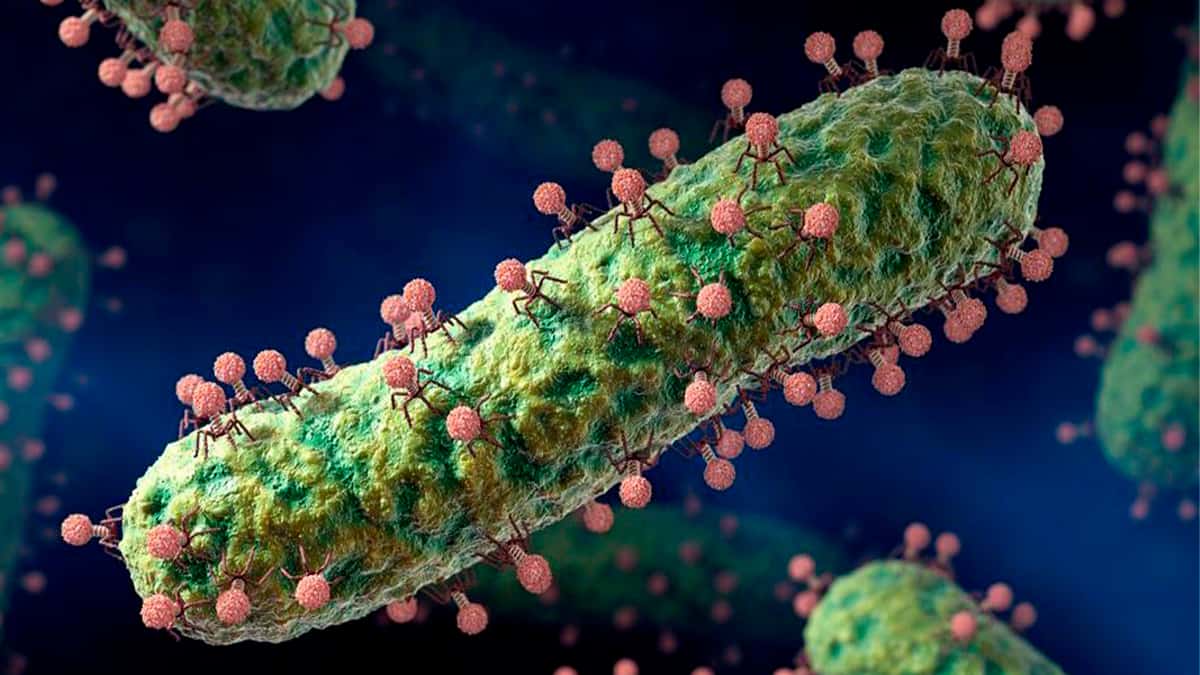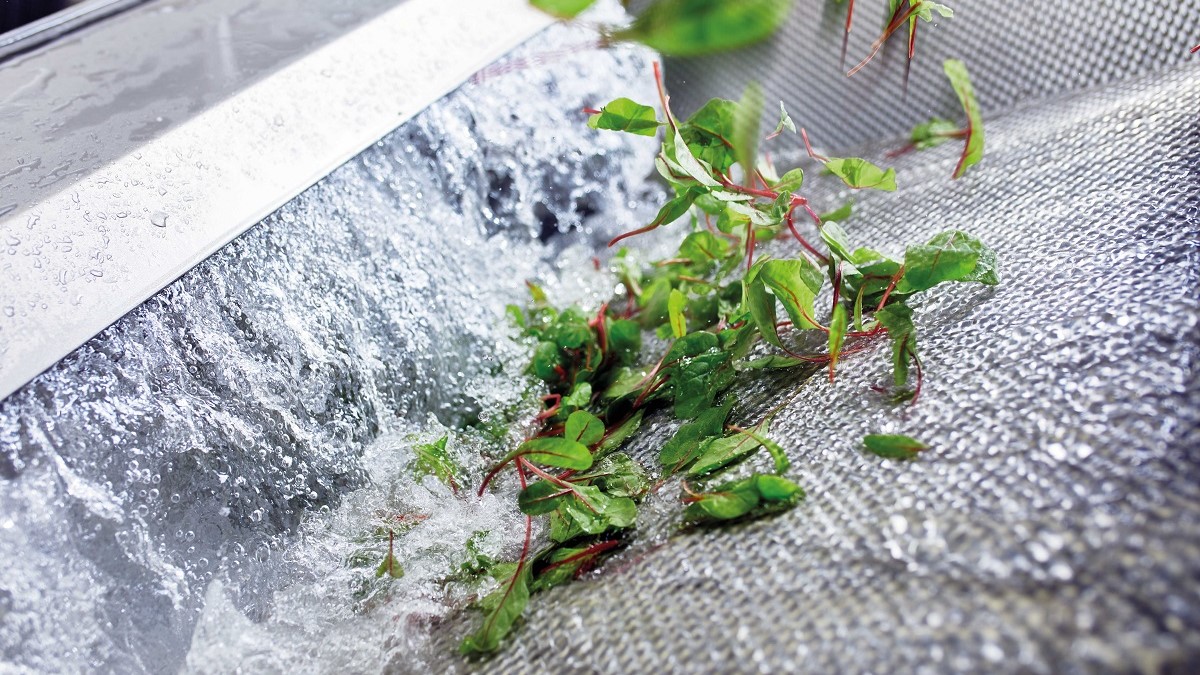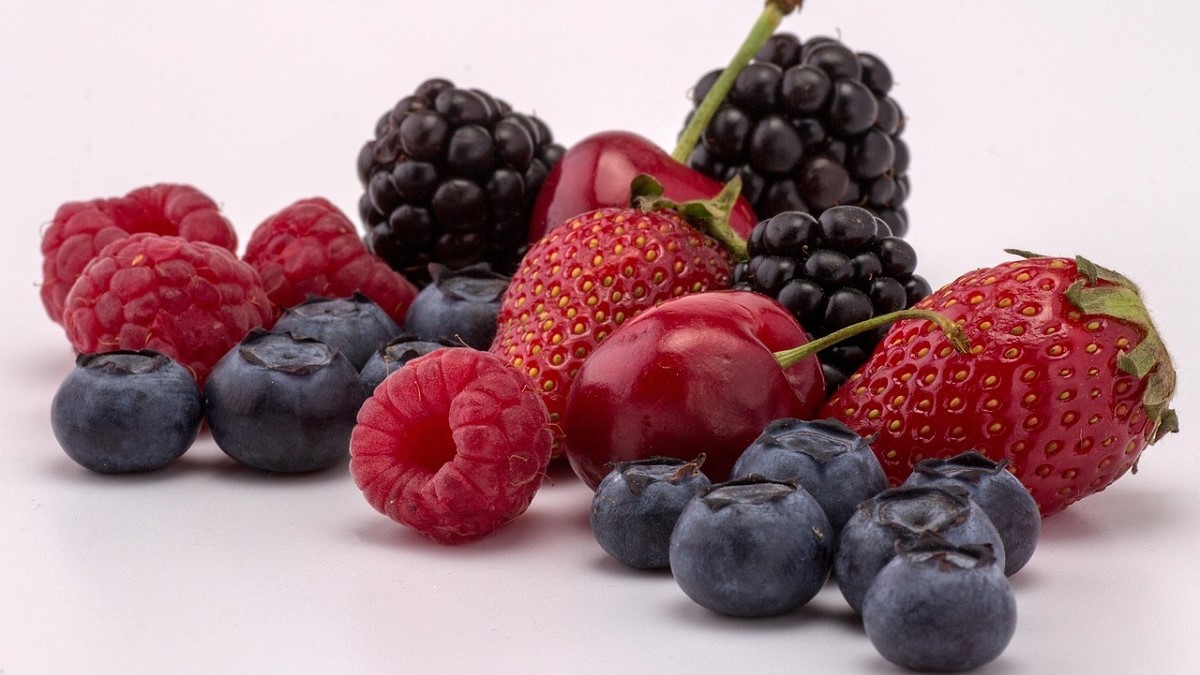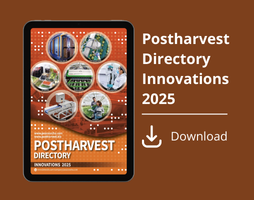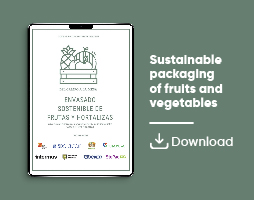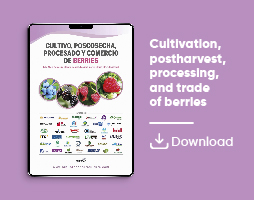Actualidad
Update on Modified and Controlled Atmosphere Technologies
Wenatchee, the main apple production area in the USA, hosted CAMA 2025, the world meeting for gas management in fruit and vegetable preservation
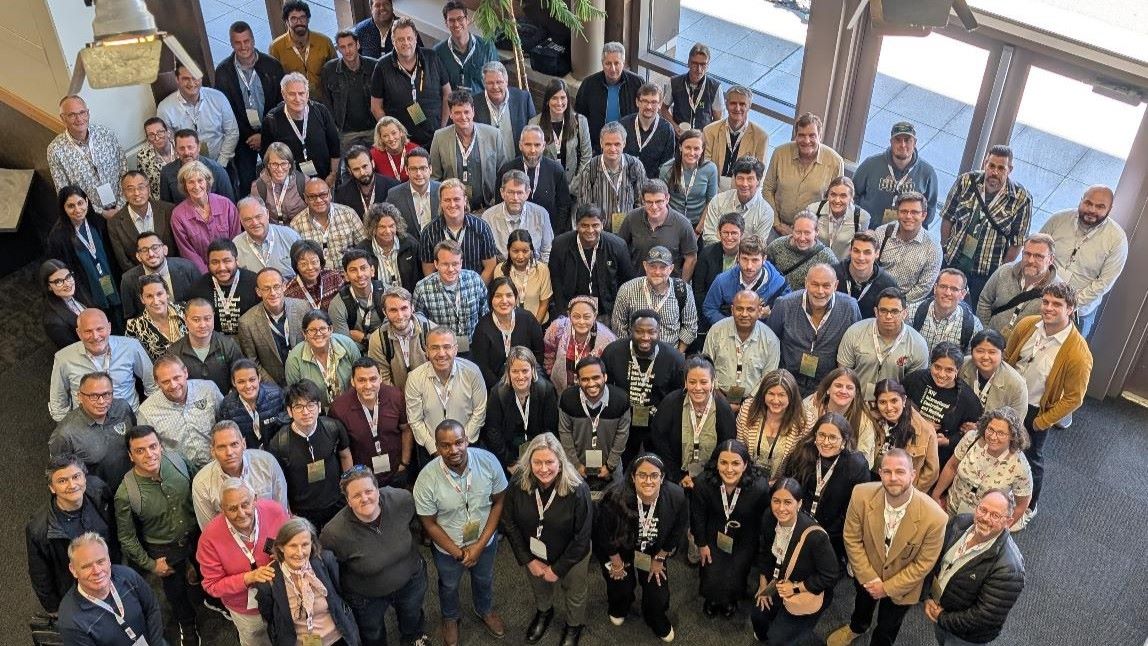
Redaccion
Apple cultivation in the United States is spread across several states. Washington has the largest planted area, mainly in the Yakima River valleys (the biggest and with volcanic soils) followed by the Wenatchee Valley, a right-bank tributary of the Columbia River whose basin also contains orchards. Other producing districts include Okanogan and the farms around Lake Chelan, which benefits from the lake’s moderating influence.
Other states with noteworthy apple production are New York, Michigan, Pennsylvania, California and Virginia.
Washington’s output is diverse and includes pears, sweet cherries (Mount Rainier, which lends its name to a well-known cultivar, lies within the state), blueberries and more.
Apples and pears reap the greatest commercial benefit from controlled atmospheres, and Wenatchee has a long research tradition plus an enthusiastic team of scientists who took on the organisation of CAMA 2025, the congress where the latest knowledge about Controlled Atmospheres (CA) and Modified Atmospheres (MA) is presented. MA develops spontaneously in confined spaces such as packages and benefits almost all living produce. Lower oxygen caused by respiration, combined with a rise in carbon dioxide, slows metabolic rate and, within certain limits, extends postharvest life.
Three institutions are active in research and extension in Washington State:
- Washington State University (WSU)
- Washington Tree Fruit Research Commission (WTFRC), which includes the Washington Tree Fruit Research & Extension Center
- United States Department of Agriculture / Agricultural Research Service (USDA ARS)
Members from all three participated in organizing the congress. The convener was Carolina A. Torres from the Department of Horticulture, Tree Fruit Research & Extension Center, WSU. The organizing committee included David Rudell (USDA-ARS), Rene Mogollon (WSU) and Ines Hanrahan (WTFRC).

From left to right: Melissa Garcia, Raesibe Kgaphola, Oscar Corral, Manoela Mendoza and Tory Schmidt, all from WTFRC
In her welcome speech, Carolina Torres explained that the Washington Tree Fruit Research Commission (WTFRC), founded in 1969, clearly invests in research. This has enabled them to work with both local and international researchers, including the convener herself, originally from Chile and currently working between both countries, and Rene Mogollon, originally from Colombia. They consider Washington “a unique state for the opportunities it offers researchers.”
Washington State University (WSU) is a public institution that has received federal funding since 1862. It has six campuses and extension offices in 39 counties. The Washington Tree Fruit Research & Extension Center was established in 1937 and oversees 160 hectares that also host the USDA ARS facilities, along with field plots, greenhouses and research infrastructure.
Washington’s apple history includes a “first apple rush” in 1904, which led to a fivefold increase in orchard surface area between 1910 and 1920, driven by irrigation and transport developments. Exports from Seattle began in 1906. Controlled Atmosphere (CA) technology was introduced to the US from the UK in 1929, and by 1930 it was used for storing apples and pears. In 1950, the ability to create well-sealed chambers gave it a new boost. By 1960, CA storage was widely adopted, and the ability to store apples year-round triggered a “second apple rush.” Today, Washington State has the largest CA storage capacity in the world.
ISHS has promoted horticultural knowledge since 1864
The congress was held under the auspices of ISHS, the International Society for Horticultural Science, founded in 1864 and formally established in 1959. With members in 150 countries, ISHS organizes an average of 35 meetings across 14 specialized divisions. Giancarlo Colelli, president of the ISHS Postharvest Division, invited attendees to the next International Congress, which will take place in Japan from August 23 to 28, featuring around 20 parallel symposia. The following edition will be held in Milan in 2030.
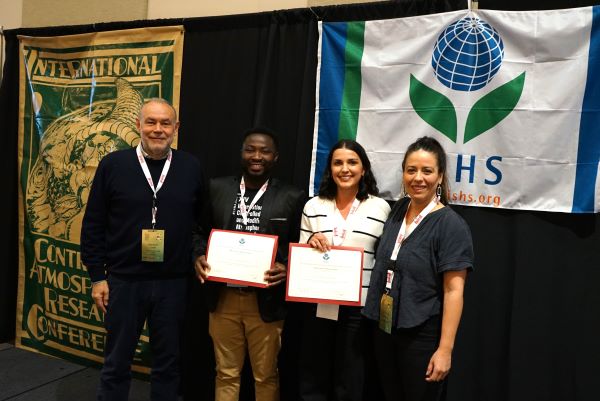
From left to right: Giancarlo Colelli, Satat Amankona, Daniela Ramos and Carolina Torres
In recent years, the congress has featured a lighthearted Young Mind Award ceremony to recognize outstanding contributions by young researchers for best oral and poster presentations. This year, Daniela Ramos received the award for best oral presentation: “Dynamic controlled atmosphere - chlorophyll fluorescence (DCA-CF) and controlled atmosphere (CA) in long-term storage of ‘Cripps Pink’ apples with special reference to internal browning.” The best poster award went to Satat Amankona for “The impact of DCA storage on fruit quality: A comparison between ‘Gala’ and ‘Honeycrisp.’”
Sponsors
The main sponsor of the event was Isolcell. Other sponsors that participated with stands and/or talks included Paclife, AgroFresh, Felix Instruments, SCS, OptiFlux and Washington Tree Fruit Research Commission. The final day of the congress was dedicated to practical topics and open to growers. On this day, sponsors presented their products through dedicated talks.
Highlights
The low energy cost in the United States and differences in product registration (such as the inability to use DPA, diphenylamine, and the earlier approval of 1-MCP for both postharvest and field use in the US) lead to variations in the intensity of technology application.
This country is experiencing a revival of interest in organic products, without a clear explanation. Present at the Congress was Dr. Prangue, a pioneer in establishing recommendations for post-harvest handling of this type of product.
Laia Torregrosa, from Ilerfred, highlighted the importance of precise humidity control to avoid weight loss during storage, combined with efficient energy management.
Among the topics addressed through the various presentations was the relevance of understanding the postharvest behavior of new varieties, and the technological differences derived from product availability. For instance, the ban on diphenylamine in Europe has encouraged the use of dynamic controlled atmospheres (DCA).
One of the studies presented by Randolph M. Beaudry from Michigan State University, Department of Horticulture, showed that metals present in CA chambers degrade 1-MCP. Copper has the strongest effect, and interactions between metals and ethylene were also observed. Temperature and fan speed play a role as well.
Jeffrey K. Brecht, from the Horticultural Sciences Department at the University of Florida, and his team are working to bring riper mangoes to market. Both CA and MAP slowed down ripening, as measured by firmness loss, internal and external color changes, and shifts in soluble solids and titratable acidity. Ethylene scrubbing in MAP reduced ethylene levels by 85% and further inhibited softening. Sensory analysis confirmed that MAP-treated fruit was less ripe than the control group.
Asparagus is an important crop in Michigan. Philip Engelgau, from the Department of Horticulture in East Lansing, Michigan, is studying the use of CA to extend the season. His findings show a 2.1% price increase with storage, and a hypothetical 3-week storage period could increase prices by 9%.
Fruits under CA and DCA
The five keynote lectures focused on fruit responses to controlled atmospheres, the potential of sensors and modeling, storage atmospheres for blueberries—a trending fruit due to its nutritional properties and convenience—, the current status and future of Dynamic Controlled Atmospheres (DCA), and energy use in long-term storage.
How much gas diffuses through fruit tissues?
During controlled atmosphere storage of pome fruit, excessively low O₂ levels or excessively high CO₂ levels can cause browning disorders. This results from the limited gas diffusion capacity of fruit tissue, which restricts oxygen transport, disrupts aerobic respiration, and overactivates fermentation. Due to the low energy yield of the fermentative pathway, the cell faces an energy crisis, and essential maintenance processes such as membrane repair become impossible. Eventually, the cells die, and phenolic substrates oxidize into brown patches that develop into cavities.
In the opening lecture of CAMA 2025, “Holding their breath: how innovative controlled atmosphere storage technologies keep pome fruit pristine (or not)”, Bart Nicolai from KU Leuven, BIOSYST-MeBioS, presented his team’s latest findings on gas transport in pome fruit and its relevance to browning disorders.
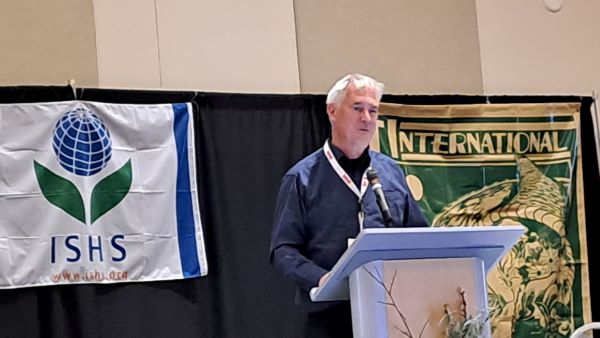
Bart Nicolai, KU Leuven, BIOSYST-MeBioS
The internal air space is the primary pathway for gas transport and can represent up to 30% of the fruit’s volume. This space is formed by the rupture of cells due to mechanical stress during cell expansion or by programmed cell death (PCD), likely triggered by hypoxic conditions during early fruit development.
If oxygen supply during CA storage is insufficient to maintain aerobic respiration, hypoxic conditions similar to those in early fruit development may reappear, forcing metabolism to switch to fermentation in a desperate attempt to maintain energy production.
Recent RNA expression studies and microscopic assessments support the hypothesis that PCD events similar to those responsible for pore formation during early growth also occur under prolonged hypoxia, ultimately leading to tissue browning and cavity formation.
This research group developed non-invasive methods to measure gas transport properties in pome fruit. They have demonstrated differences in gas transmission between pears and apples, across varieties, and among fruits of different sizes.
Key conclusions presented by Bart Nicolai:
- During CA storage, O₂ and CO₂ gradients and hypoxic zones can develop.
- Hypoxia induces browning and cavity formation.
- Internal air spaces facilitate gas transport.
- Apples have oxygen sensors.
- Pores develop during growth due to cell wall breakdown or programmed cell death (PCD) in response to hypoxic signals.
- Browning and cavity formation may be due to PCD.
- Porosity measurements can indicate a batch’s susceptibility to browning.
Sensors and modeling
Sensors are becoming increasingly miniaturized and sensitive, delivering the data needed for precision agriculture and postharvest management. Optimizing packaging and storage of fresh products is essential to reduce postharvest losses, preserve quality, and improve energy efficiency.
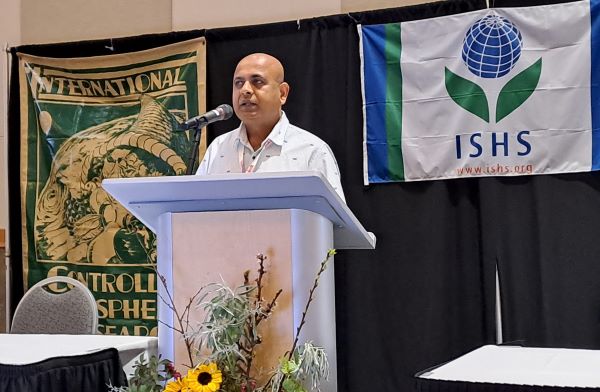
Pramod Mahajan, Leibniz Institute for Agricultural Engineering and Bioeconomy (ATB)
The keynote lecture “Sensors and Modelling Applied to Fresh Produce Packaging and Storage”, delivered by Pramod Mahajan from the Leibniz Institute for Agricultural Engineering and Bioeconomy (ATB), presented recent developments from his research group, combining sensor technologies, predictive modeling and control strategies to optimize postharvest management.
They developed a sensor suite capable of measuring gases, airflow, condensation and heat flow—especially in apple storage—to collect real-time data on microclimatic conditions and physiological responses.
These sensors allow monitoring of critical variables such as respiration rate, condensation events and heat exchange under fluctuating temperature conditions.
Based on the collected data, mathematical models were developed to simulate gas exchange, transpiration, condensation risk and ethylene accumulation in packaged fruit. These models support the design of equilibrium-modified atmosphere packaging (EMAP).
Other developments include an ethylene diffusion model to optimize scrubber placement and an IoT-based predictive system for condensation and mass loss.
The team also implemented a model-based microcontroller system to dynamically regulate O₂ and CO₂ levels in storage using simple hardware components.
The speaker emphasized that, as a whole, these innovations lay the foundation for data-driven intelligent storage systems capable of responding in real time to environmental fluctuations and physiological changes.
One of the group’s projects focused on regulating gas concentrations in modified atmosphere packaging (MAP). Since gas concentrations depend on temperature, which typically fluctuates during distribution, the system triggers mechanisms to inject oxygen or carbon dioxide depending on real-time conditions.
Another line of work involves predicting condensation under controlled atmosphere conditions and, indirectly, the weight loss of stored apples. Though still in the laboratory phase, the aim is to enable automatic activation of fans and coolers in storage rooms.
This integrated approach offers a path toward sensor-assisted, scalable postharvest solutions that extend shelf life and reduce waste throughout the supply chain.
Gas management as a tool to extend the postharvest life of small berries
For blueberries, strawberries, blackberries, cherries and raspberries, controlled atmospheres (CA) are commonly used during transport or in modified atmosphere packaging (MAP), and in some cases, for short-term CA storage.
Unlike fruits with more pronounced climacteric behavior, such as apples and pears, low oxygen storage does not affect the ripening process in berries and has not shown significant benefits for shelf life. Therefore, atmospheric modification is not primarily aimed at ripening control. Instead, in berries, quality loss is often due to decay, which is more critical than in apples or pears.
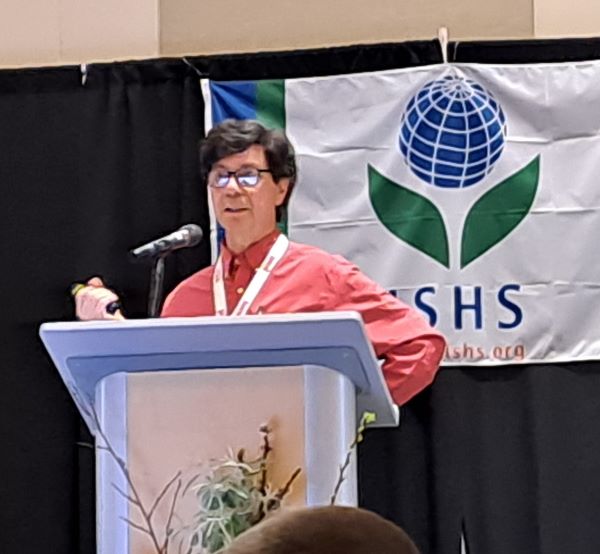
Randolph M. Beaudry, Michigan State University, Department of Horticulture
In his keynote lecture “Target atmospheres for the storage of berry fruit: What should we expect in terms of decay control and physiological impacts”, Randolph Beaudry analyzed the usefulness of gas management in the storage of blueberries, strawberries, plums and other berries, as well as key physiological effects.
High CO₂ levels reliably suppress fungal diseases, though only partially. CO₂ not only impacts fungal growth but also affects fruit physiology, and tolerance to CO₂ varies across cultivars.
In blueberries, the most common CO₂-related symptom is pigment leakage from the skin into the pulp. In severe cases, the pulp darkens as cells die and the fruit softens. Strawberries also suffer from discoloration and changes in flavor-related compounds due to CO₂ exposure. Thus, CO₂ modification must strike a balance between the desired antifungal effects and the unwanted impacts on fruit quality.
Other gases, aside from CO₂, also improve berry preservation or show promise in postharvest pest control. Sulfur dioxide, used to control fungal decay in blueberries, can also help manage certain insect pests under specific conditions. Similarly, the fumigant phosphine has potential for use in postharvest settings, provided it is approved as a substitute for methyl bromide. In some cases, cold temperatures alone are sufficient to control insect pests.
Dehydration control is important across all berry species, and blueberries are particularly sensitive due to the lack of an abscission layer. Blocking water loss at the abscission zone reduces total moisture loss by 36%. If epicuticular waxes are removed, water loss increases by 65%. Immature fruit, with less developed skin, loses more water, while more mature fruit can reduce water loss by up to 30%.
Overall, the studies have shown that there are multiple effective tools available to maintain berry quality in the postharvest environment, going beyond respiratory gas modification. However, each tool must be applied carefully and with foresight, taking into account the physiology of both the fruit and the fungi, as well as the limitations within the handling chain.
Beaudry’s conclusions for blueberry storage are:
- Proper temperature control is the best option
- Humidity management is essential
- High CO₂ atmospheres offer certain benefits (up to 30% reduction in decay) but may reduce firmness and internal quality, and induce off-flavors and undesirable aromas
- Avoid O₂ levels below 2% and CO₂ levels above 20%
- Optimal CO₂ concentration should range between 10–15%
- SO₂ helps control fungal diseases but is ineffective against insects
- Phosphine is effective and does not cause obvious issues, but it is toxic and illegal
DCA for apples
Dynamic Controlled Atmosphere (DCA) storage is increasingly being adopted by apple storage operators in the U.S., particularly in the organic sector. In his presentation “Dynamic controlled atmosphere storage of apples – A USA perspective on challenges and opportunities”, Christopher B. Watkins of the School of Integrative Plant Science, Cornell University, Ithaca, explained that DCA adoption in the U.S. has lagged behind Europe, in part due to the earlier availability of 1-methylcyclopropene (1-MCP).
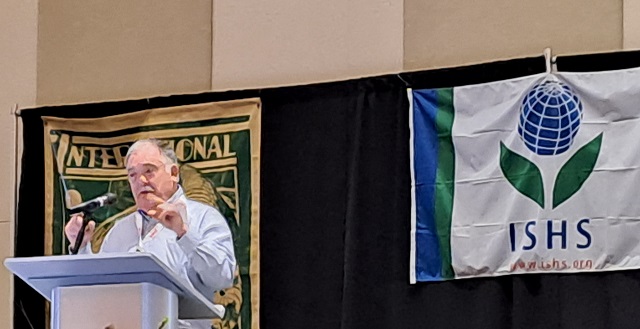
Christopher B. Watkins, School of Integrative Plant Science, Cornell University
Other contributing factors include the ease of use of 1-MCP compared to DCA, and the more consistent post-storage quality benefits provided by 1-MCP in key cultivars such as 'McIntosh' and 'Empire', which tend to soften rapidly.
Further reasons for slower DCA adoption include the availability of diphenylamine and 1-MCP for superficial scald control, limited use of CA storage in some U.S. regions—leading to reduced awareness of the benefits of ultra-low oxygen (ULO, 0.8–1.2%)—and limited understanding of the economic implications of DCA. In many cases, storage rooms lack sufficient airtightness for effective DCA implementation.
According to Watkins, interest in DCA is now increasing rapidly, driven by the introduction of new cultivars like 'Gala', where internal browning disorders can be largely controlled using very low oxygen levels, and others such as 'NY1' (Snapdragon®) and 'MAIA-1' (EverCrisp®), for which 1-MCP actually increases internal browning incidence.
At the same time, many cultivars like 'Honeycrisp' and its offspring retain desirable texture after storage, reducing concerns about softening during commercialization.
The speaker explored physiological, sensory and economic study results related to these developments.
Reducing energy use in apple storage
While energy costs are not a major concern in the U.S., they are in Europe. In the final keynote lecture “Reduction of energy use during pome fruit storage”, Bart Nicolai addressed this topic, linking energy consumption concerns to geopolitical events and global warming, which has driven record-breaking temperatures year after year and increased the demand for postharvest cooling of horticultural produce.
The pome fruit industry, which relies heavily on cold storage, is particularly affected, as it requires substantial energy inputs. The economic and environmental sustainability of long-term pome fruit storage is becoming increasingly compromised.
Bart Nicolai emphasized the importance of developing energy-efficient storage technologies and demonstrated how some measures, which might seem energy-saving at first, can actually increase consumption. For example, storing at higher-than-recommended temperatures. He also examined how advanced technologies like DCA and 1-MCP impact energy usage. Computational fluid dynamics (CFD) simulations help homogenize the cooling process, leading to improved energy efficiency.
New apple cultivars and pear storage challenges
Apples and pears were the focus of two discussion panels held on the last day.
The apple panel focused on storage optimization needs for different cultivars. Moderated by Ines Hanrahan from the Washington Tree Fruit Research Commission, panelists included Rob Blakey (Stemilt Growers), Carolina Torres, Dave Rudell (USDA-ARS) and Chris Watkins.
The pear panel was moderated by Carolina Torres and featured panelists Séverine Gabioud Rebeaud (Agroscope), Dirk Köpcke (Lower Saxony Fruit Research Station, OVA) and Ann Schenk (Postharvest Technology Centre of Flanders).
During the open discussion, one noteworthy contribution in the pear session came from Eugene M. Kupferman, Professor Emeritus of WSU, who highlighted the need to segment pear offerings to better align with consumer preferences.
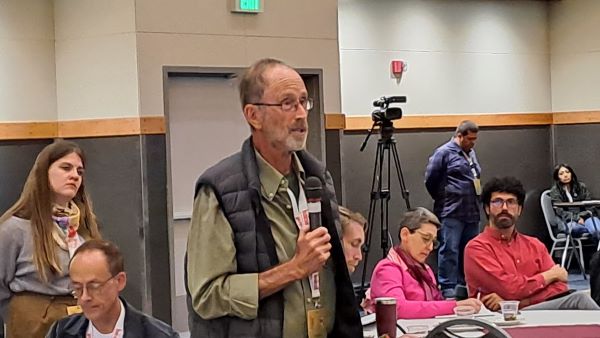
Eugene M. Kupferman, Professor Emeritus of WSU, Fruit Quality Associates, Inc., advocated for market segmentation in pears to improve consumer satisfaction. Seated at his right elbow: Angelo Zanella from the Laimburg Research Centre, South Tyrol
Visit to Stemilt
Founded in 1964, Stemilt is one of the leading growers and packers based in Wenatchee and was one of the companies visited during the congress. It is the nation's largest supplier of sweet cherries and organic tree fruit, and a key supplier of apples, pears and stone fruit grown in Washington.

Unitec equipment for pear processing at Stemilt
In apples, they handle twelve varieties including Braeburn, Cameo®, Fuji, Gala, Honeycrisp™, Golden Delicious, Granny Smith, Jonagold, PIÑATA!®, Pink Lady, Red Delicious and Rome. Piñata is an exclusive Stemilt variety.
In pears, they work with eleven varieties including Bartlett, Red Bartlett, Starkrimson, d’Anjou, Red d’Anjou, Bosc, Asian pears, Comice, Concorde, Taylor’s Gold and Seckel.

Tomra equipment for cherry processing, ready for the campaign just days before harvest begins
In cherries, they offer Dark Sweet and Rainier varieties, available from early May in California through late August in Washington.
They also grow summer fruit, including peaches, nectarines, apricots and blueberries. All of their peaches and nectarines and many of their apricots are organically certified.
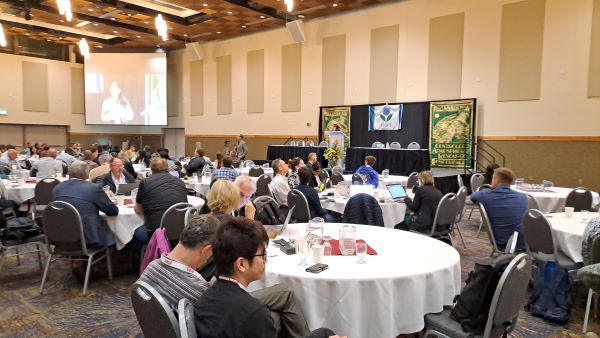
General view of the convention hall at the Wenatchee Convention Center, where CAMA 2025 took place


